The maritime industry stands at the precipice of a transformative era, where the relentless pursuit of sustainability intersects with cutting-edge technology. Among the most promising innovations to emerge in this space is the hydrogen-powered hydrofoil vessel—a revolutionary concept that promises to deliver high-speed, zero-emission maritime transport. As global pressure mounts to decarbonize shipping, these futuristic crafts could redefine what it means to travel efficiently across water.
Hydrofoil technology itself is not new; its origins trace back to early 20th-century experiments where vessels were lifted above water surfaces to reduce drag. However, pairing this physics-defying design with hydrogen fuel cells creates an entirely new paradigm. The result is a vessel that glides effortlessly on wing-like structures beneath the waterline, powered entirely by the most abundant element in the universe. This marriage of hydrodynamic efficiency and clean energy propulsion addresses two critical challenges simultaneously: eliminating greenhouse gas emissions and achieving operational speeds that rival conventional diesel-powered ships.
The engineering marvel of hydrogen hydrofoils lies in their sophisticated integration of multiple advanced systems. At cruising speed, the vessel's hull rises completely clear of the water, supported by submerged foils that can reduce hydrodynamic drag by up to 80% compared to traditional hulls. This dramatic efficiency gain means the ship requires far less energy to maintain high velocities—a crucial factor when working with hydrogen, which has lower energy density than fossil fuels by volume. The fuel cells convert hydrogen's chemical energy directly into electricity, powering electric motors that drive the foils and propellers with whisper-quiet precision.
Several pioneering projects have demonstrated the viability of this technology. In Scandinavia, where maritime traditions run deep but environmental consciousness runs deeper, shipbuilders have launched prototype passenger ferries capable of carrying 150 people at 35 knots while emitting nothing but water vapor. These vessels utilize compressed hydrogen stored in onboard composite tanks, with refueling times comparable to diesel bunkering. Meanwhile, in the Mediterranean, luxury yacht manufacturers are exploring hydrogen hydrofoils as the ultimate expression of eco-conscious high-performance boating, where silent operation enhances the premium experience.
The infrastructure challenge remains significant, as with all hydrogen applications. While the vessels themselves represent technological triumphs, their widespread adoption depends on the development of hydrogen bunkering networks at ports worldwide. Industry analysts suggest that early adoption will likely follow specific high-value routes—particularly short-haul ferry connections between environmentally regulated regions. Norway's Hydrogen Highway initiative along its fjord-dotted coast provides a blueprint for how such infrastructure might develop, with electrolyzers powered by renewable energy producing green hydrogen at strategic locations.
Economic considerations present both hurdles and opportunities. Current hydrogen production costs and the premium pricing of fuel cell systems make these vessels substantially more expensive than conventional alternatives. However, when accounting for total cost of ownership—including projected carbon taxes, fuel price volatility, and maintenance savings from simpler electric drivetrains—the financial case becomes compelling. Maritime operators are particularly intrigued by the potential operational savings; hydrofoils' reduced water resistance translates directly to lower energy requirements, while electric propulsion systems boast far fewer moving parts than combustion engines.
Regulatory tailwinds are accelerating development. The International Maritime Organization's increasingly stringent emissions standards have created what industry insiders call a "compliance cliff"—a point beyond which traditional marine fuels cannot compete. Hydrogen hydrofoils position operators well ahead of these regulatory curves while future-proofing their fleets against anticipated carbon pricing mechanisms. Some classification societies have already established specialized certification pathways for hydrogen-powered vessels, recognizing their unique safety considerations and performance characteristics.
The human element of this transition cannot be overlooked. Maritime professionals will require new training regimens to handle hydrogen systems and the unique handling characteristics of foil-borne vessels. Simulator technology is evolving to recreate the distinct sensation of a ship transitioning from displacement mode to foil-borne operation—a critical phase where precise control inputs are essential. These training protocols are being developed in parallel with the vessels themselves, ensuring that when hydrogen hydrofoils enter commercial service, skilled crews will be ready to operate them safely and efficiently.
Looking ahead, the potential applications extend far beyond passenger transport. Naval architects are exploring how hydrogen hydrofoil technology could revolutionize cargo shipping, particularly for time-sensitive, high-value goods. Imagine express delivery routes where perishable goods cross oceans at aircraft-like speeds without aviation's carbon footprint. The military sector too has taken notice, with several navies investigating the stealth and range advantages of hydrogen-powered surface vessels that can outpace conventional ships while maintaining acoustic and thermal signatures far below detection thresholds.
As with any disruptive technology, skeptics question whether hydrogen hydrofoils can overcome their challenges to achieve meaningful market penetration. Yet the same doubts once surrounded electric vehicles and renewable energy—industries that now stand as pillars of the energy transition. What's undeniable is that the confluence of hydrodynamics, hydrogen technology, and environmental imperative has created a perfect storm for innovation. The waves of change are coming, and they may well be ridden by vessels that fly above them, powered by nothing but water's elemental building blocks.
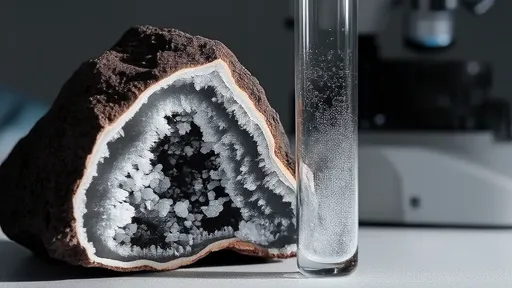
By /Jul 18, 2025

By /Jul 18, 2025

By /Jul 18, 2025
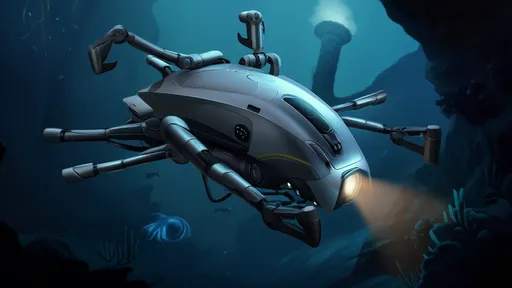
By /Jul 18, 2025
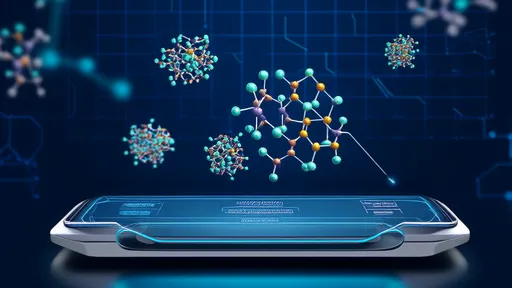
By /Jul 18, 2025
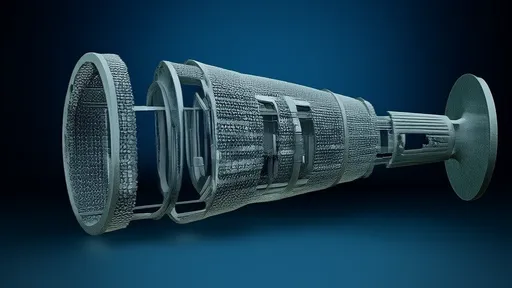
By /Jul 18, 2025

By /Jul 18, 2025

By /Jul 18, 2025
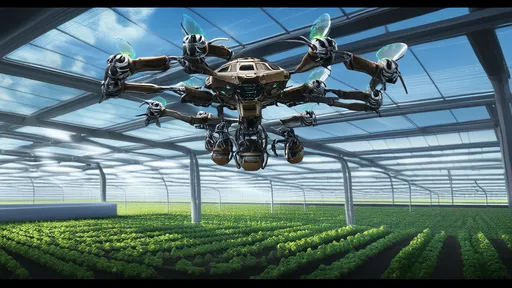
By /Jul 18, 2025
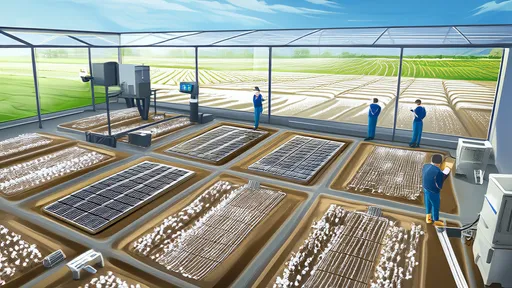
By /Jul 18, 2025

By /Jul 18, 2025
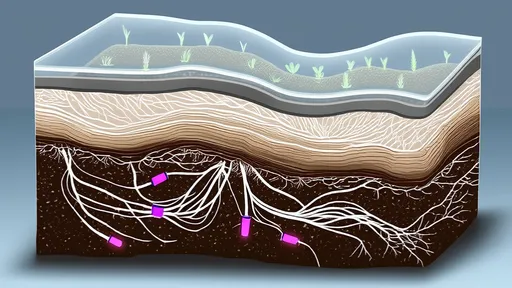
By /Jul 18, 2025

By /Jul 18, 2025

By /Jul 18, 2025
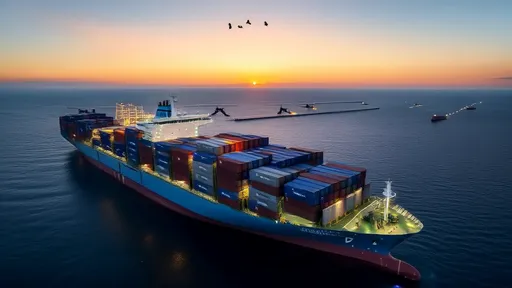
By /Jul 18, 2025
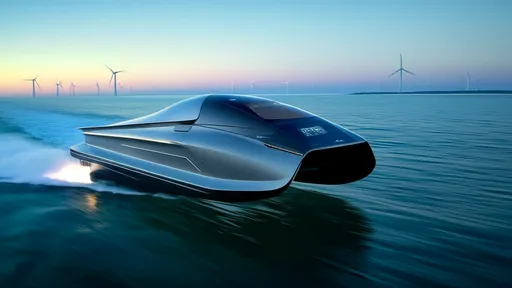
By /Jul 18, 2025

By /Jul 18, 2025
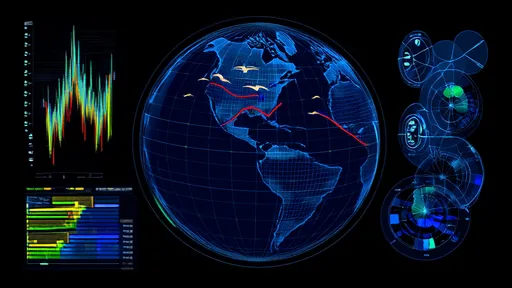
By /Jul 18, 2025